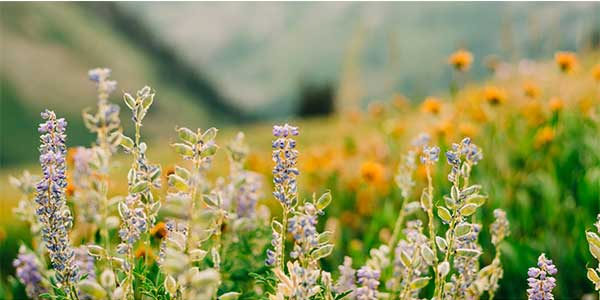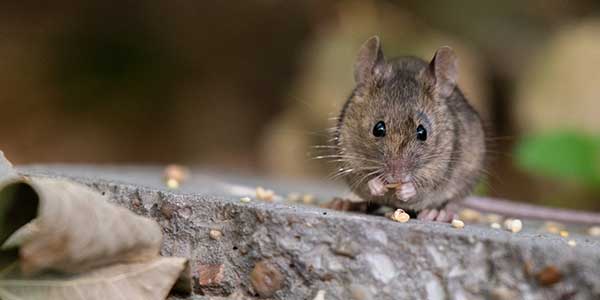Driving Safely Protects Wildlife
- Animals are forced to crossroads and highways in search of food, water, cover and mates—placing them in the path of our speeding vehicles.
- So what can you do? First and foremost, slow down! Keeping your speed in check gives you a better chance of stopping in time if an animal darts into the road.
- Read and share our lifesaving tips, especially with younger drivers you know. (Reports suggest that young adults ages 15-24 have the highest injury rate of any age group from car accidents involving large animals.)
- Follow speed limits. Many animals are hit simply because people drive too fast to avoid them. Taking it slow makes the roads safer for other drivers and pedestrians, too.
- Watch for wildlife in and near the road at dawn, dusk and in the first few hours after darkness. Keep in mind that where there is one animal, there are probably others—young animals following their mother or male animals pursuing a female.
- Be especially cautious on two-lane roads bordered by woods or fields, or where streams cross under roads. Most animal/vehicle collisions occur on these roads.
- Scan the road as you drive, watching the edges for wildlife about to cross. This will also make you more aware of other hazards such as bicyclists, children at play and slow-moving vehicles.
- Don’t throw trash out car windows. Discarded food pollutes the environment and creates a hazard by attracting wildlife to the roads.
- Use your high beams whenever possible.
- Lower your dashboard lights slightly. You’ll be more likely to see your headlights reflected in the eyes of animals in time to brake.
How To Help Injured Animals
Do not put your own safety at risk. Unless you can move the animal from the road in absolute safety, do not attempt to do so. Use your hazard lights or emergency road flares to warn oncoming traffic of the injured animal. Never attempt to handle a large animal like a deer, or one that could give a serious bite, like a raccoon.
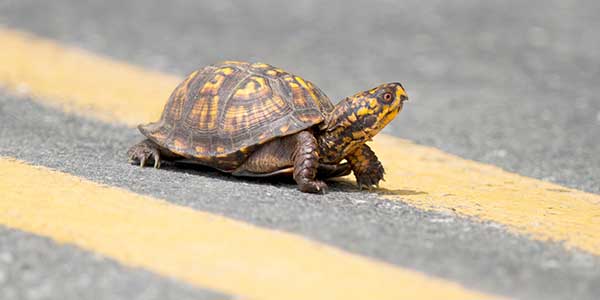
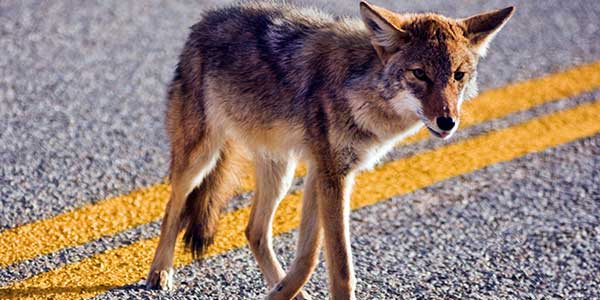
Gently coax or place the animal into a cardboard box and transport him/her to an animal shelter, wildlife rehabilitator or a receptive veterinarian. If there is a delay, keep the animal in a dark, warm, quiet place to minimize fear and stress.
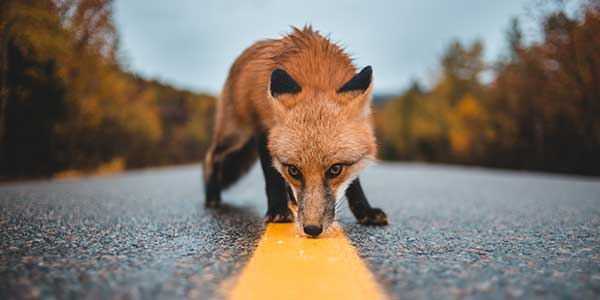
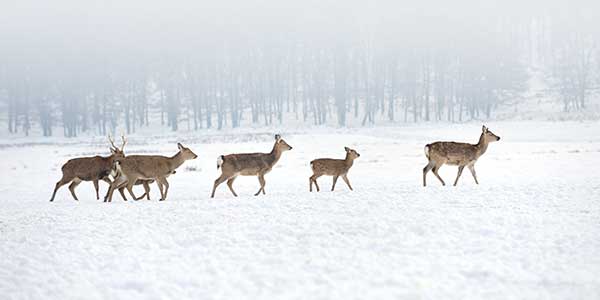
Discover More
Avoiding Conflict with Local Wildlife
Animal troubles in your neighbourhood? Bird feeders and unsecured pet food, garbage and grills may be bringing local wildlife to your back door.
Humane Backyards
A humane backyard gives wildlife a safe place to live free from pesticides, chemicals, free-roaming pets, inhumane practices (such as trapping) and other threats.


